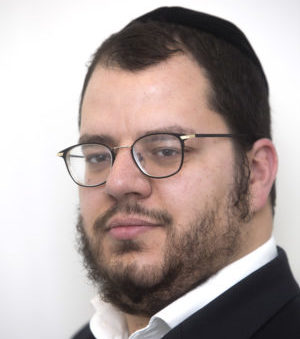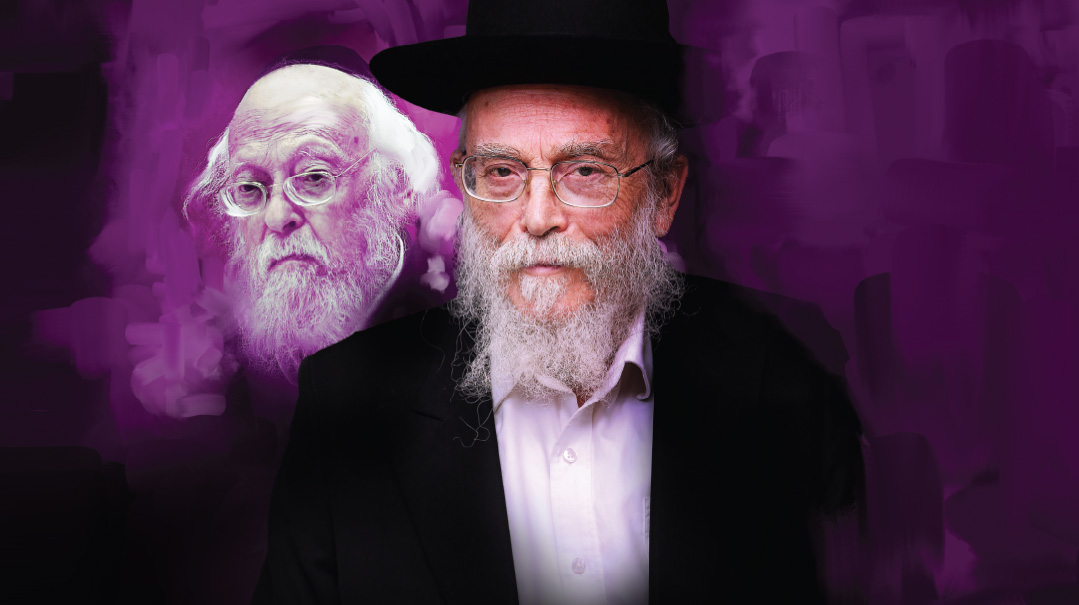A Light to the World

Rav Binyamin Elyashiv shares the charms and challenges of growing up in the shadow of the gadol hador. A special conversation on Rav Elyashiv’s tenth yahrtzeit

Photos: Elchanan Kotler, Family archives
The most startling thing about sitting together with Rav Binyamin Elyashiv, third son of Rav Yosef Shalom Elyashiv ztz”l, is the visage.
In the living room of this small apartment in Jerusalem’s Shikun Chabad neighborhood, I’m transported back to my youth, to those special occasions when I’d have the privilege of sitting in the presence of Rav Elyashiv in the tiny room on Rechov Chanan in Meah Shearim. If you closed your eyes, you could think for a second it’s Rav Elyashiv — whose tenth yahrtzeit is 28 Tammuz — talking to you now.
Rav Binyamin is an astonishing lookalike — from the penetrating eyes to the chiseled cheeks and beard, and even to the soft, mellifluous voice. He gets this all the time, yet what can one expect, when even his living standards are similar to the home he grew up in? While the apartment on Rechov Chana, where he lives with Rebbetzin Leah, a daughter of Rav Michel Yehudah Lefkowitz ztz”l, was probably built at least 70 years after that of his parents, the material standards echo the same theme: that life is so much more than creature comforts. There’s a tiny kitchen that can barely contain two people at once, a funtional living room with a practical table surrounded by shelves and shelves of books… and an old telephone.
Sitting here somehow brings me back: As a child growing up in Meah Shearim, it was common to find myself in the dilapidated Tiferes Bochurim shul, and later in the caravan that replaced it in recent years. If I was able, I would be there for Havdalah on Motzaei Shabbos. Rav Elyashiv would hold the pedestal kos, make Havdalah while sitting down, and recite the Ribbon Kol Ha’Olamim tefillah quietly while the crowd sang it with a special niggun. While everyone else was enjoying the elevated atmosphere, Rav Elyashiv would begin to look impatient: For him, it was time to get back to his Gemara.
A decade has passed, and meanwhile a new generation of children has emerged who never knew Rav Elyashiv or what it meant to have someone like that in Am Yisrael’s midst. I’m here with Rav Binyamin in order to fill in the gaps.
Oops! We could not locate your form.







